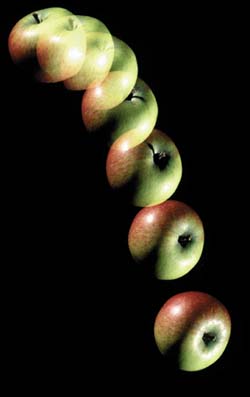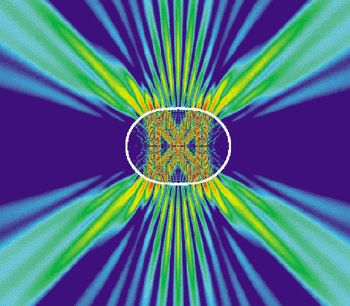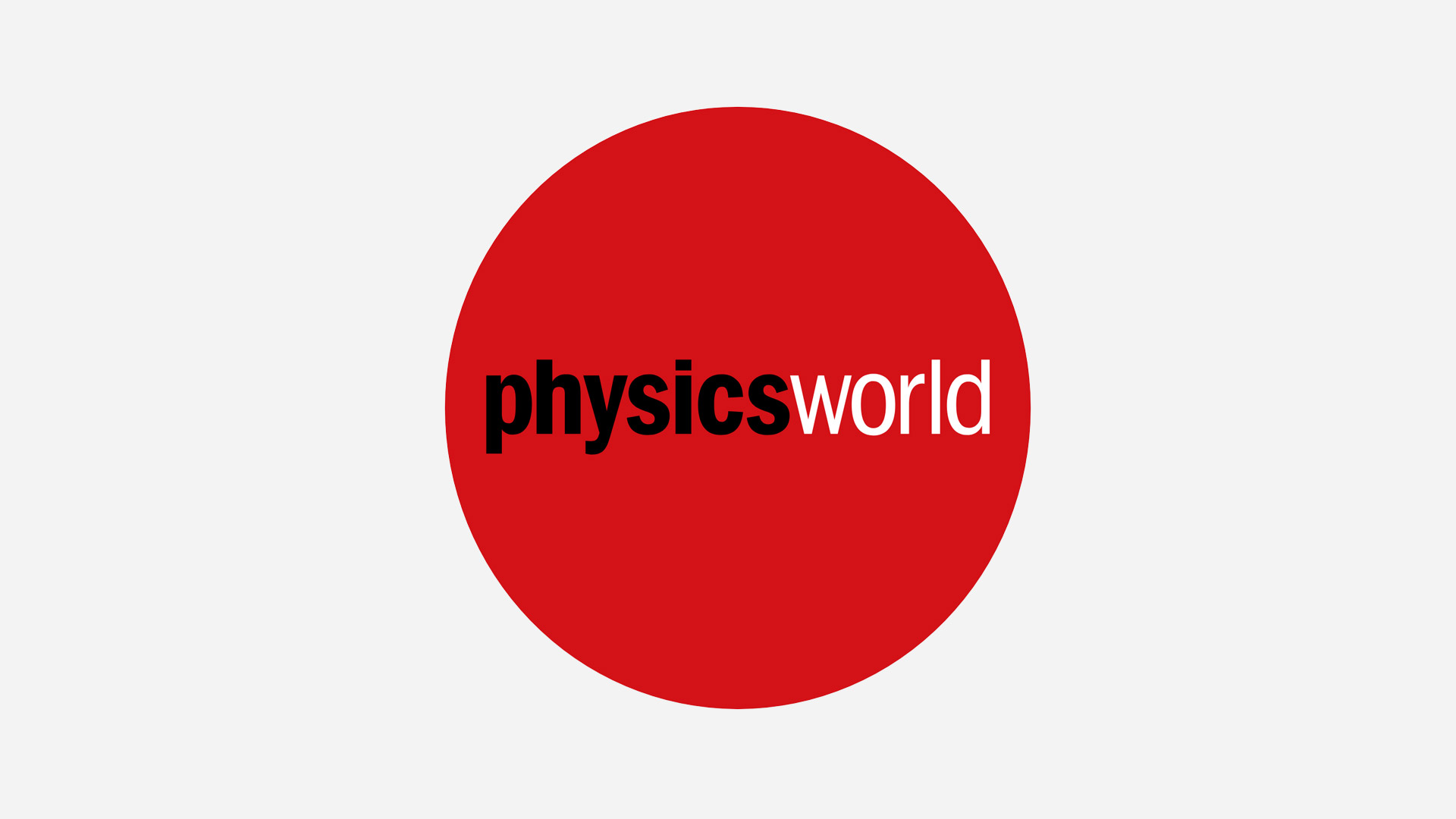Author
Array
(
[0] => linkedin
[1] => facebook
[2] => twitter
[3] => google-plus
[4] => youtube
)
Array
(
[0] => linkedin
[1] => facebook
[2] => twitter
[3] => google-plus
[4] => youtube
)
Array
(
[0] => linkedin
[1] => facebook
[2] => twitter
[3] => google-plus
[4] => youtube
)
Array
(
[0] => linkedin
[1] => facebook
[2] => twitter
[3] => google-plus
[4] => youtube
)
Array
(
[0] => linkedin
[1] => facebook
[2] => twitter
[3] => google-plus
[4] => youtube
)
No Author
Author archive
 Read article: Particle physics: the next generation
Read article: Particle physics: the next generation
Although the basic building blocks of matter and their interactions have been placed on a firm theoretical footing, many fundamental questions remain unanswered and await the experiments of the future
 Read article: Quantum gravity presents the ultimate challenge to theorists
Read article: Quantum gravity presents the ultimate challenge to theorists
Physics in the 20th century is founded on the twin pillars of quantum mechanics and the theory of relativity. However, in spite of the enormous successes of each theory individually, the two appear to be incompatible. This embarrassing contradiction at the very heart of theoretical physics remains one of the great outstanding challenges in science. […]
 Read article: Quantum theory: weird and wonderful
Read article: Quantum theory: weird and wonderful
Quantum mechanics is the most accurate theory we have to describe the world, but there is still much about it that we do not fully understand
 Read article: The social conscience of scientists
Read article: The social conscience of scientists
Joseph Rotblat says scientists need to accept responsibility for the human and environmental consequences of their research,.
 Read article: Physics: past, present, future
Read article: Physics: past, present, future
What happens when you ask some of the world's leading physicists seven questions about the past, present and future of physics?

The experiment was carried out inside a vacuum chamber filled with a low density nitrogen or argon gas. A wave plate – in the form of a small circular piece of material – was inserted into the beam to reduce the strength of the signal at the centre of the beam. A series of lenses […]

Physicists have tried for years to develop a beam of atoms that could be focused as easily as electrons and photons. The helium atoms are fired at 1 km/s through a micron diameter nozzle past a set of fresnel plates – concentric rings of material of varying thickness. As the beam passes the plates, the […]

The UK government has been trying for some time to incorporate private-sector practices into government-run research centres. AWE Management replaces Hunting-BRAE, who were awarded a seven-year contract to manage the UK nuclear programme in 1993. BNFL is expected to manage waste, decommissioning and “legacy clean-up” operations, Lockheed will control weapons and technology, while Serco will […]

As a water molecule is excited by the laser pulse, it can only drop back to a less excited state by releasing the excess energy. This energy causes the O-H bonds to stretch and vibrate. As the bonds vibrate they knock other water molecules, transferring energy to a different O-H bond. This energy transfer can […]

Almost 400 people took part in the PhysicsWeb poll, each one naming their top-five physicists. The votes for each physicist were added up and weighted according to how they were ranked by individual voters. This meant that Newton received a higher score than Einstein even though more people voted for the twentieth century physicist. In […]
Copyright © 2025 by IOP Publishing Ltd and individual contributors
 Read article: Particle physics: the next generation
Read article: Particle physics: the next generation




